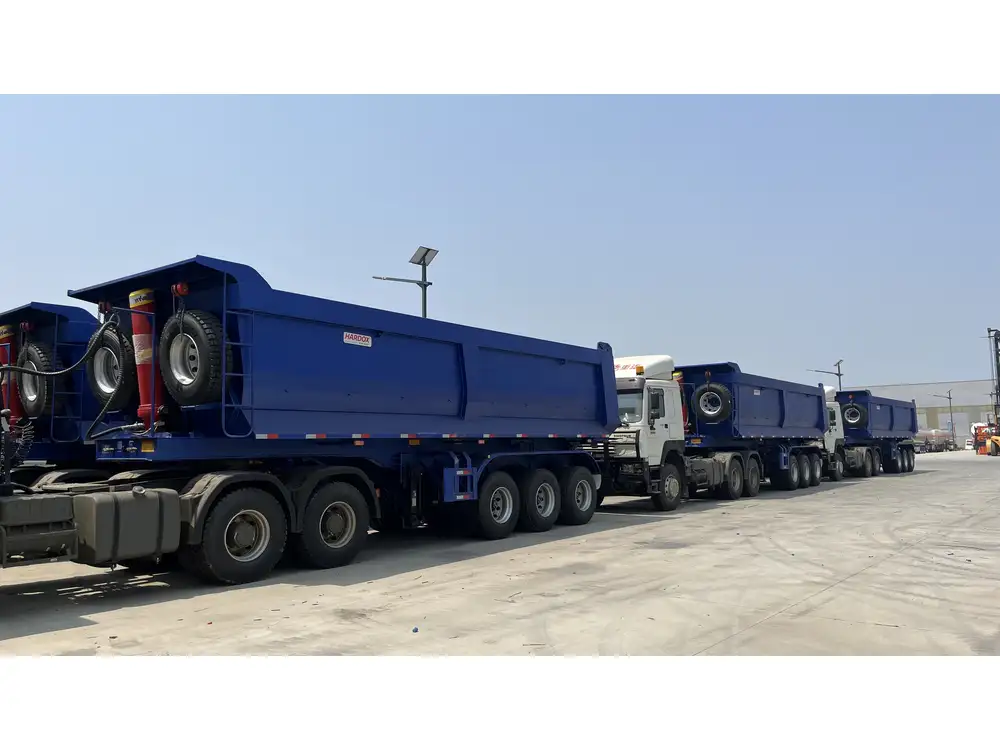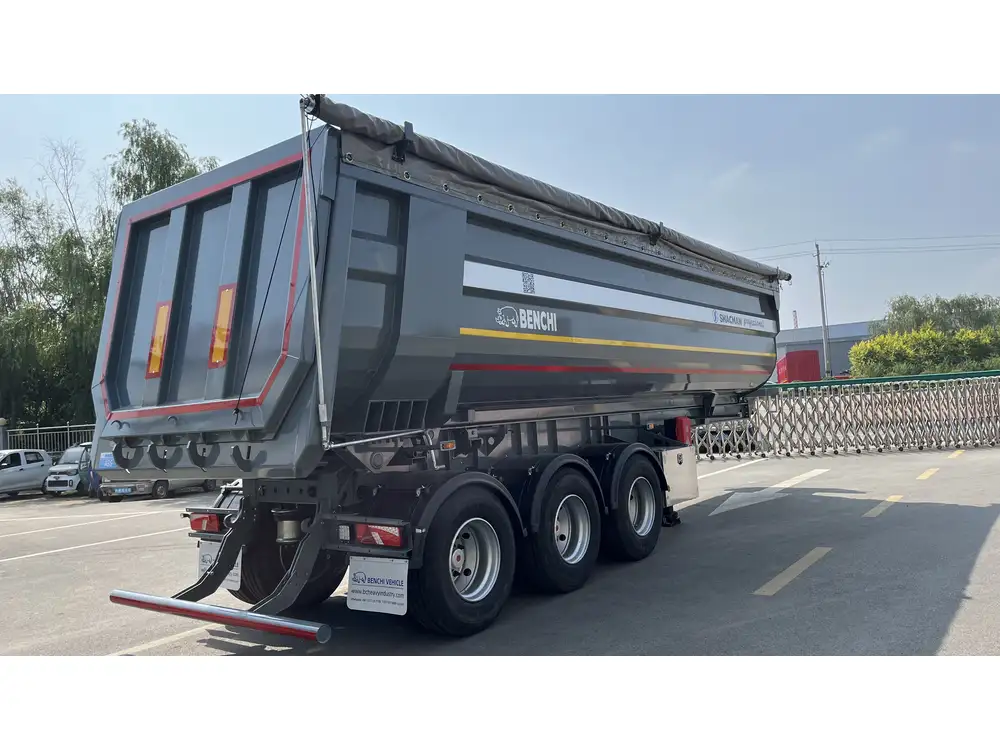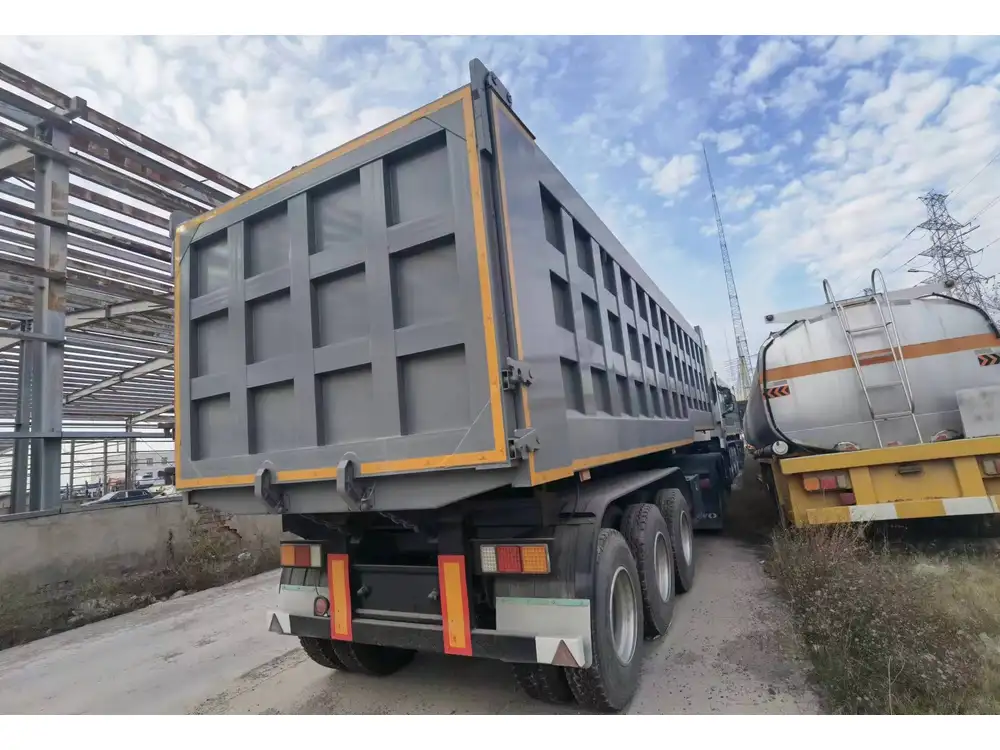The operational efficiency and safety of semi-trailers hinge significantly on their brake systems. The question, “Which airline controls the brakes on a semi-trailer?” delves into the intricacies of how brake systems function, the roles of various components, and the importance of standard procedures. This article aims to provide a comprehensive breakdown of the brake control mechanisms in semi-trailers, focusing on the airline controls, how they operate, and their impact on performance.
The Essential Components of Semi-Trailer Braking Systems
1. Air Brake System Overview
Semi-trailers predominantly utilize air brake systems due to their superior stopping power and reliability under heavy loads. The key components include:
- Compressor: Generates compressed air that powers the braking system.
- Air Reservoir: Stores compressed air for delivering pressure when brakes are applied.
- Brake Chambers: Convert air pressure into mechanical force to engage the brakes.
- Slack Adjusters: Automatically adjust the position of the brake shoes to maintain optimal performance.

2. Brake Control Systems
Two main components play critical roles in controlling semi-trailer brakes:
- Foot Pedal: The driver’s input mechanism which controls air pressure to the trailer’s brakes.
- Emergency Brake Control: Engaged in situations where standard braking fails, utilizing stored air in the reservoir.
The Role of Airlines in Brake Operations
Airlines, or pneumatic hoses, are essential for effective braking control. They transport compressed air from the tractor (the front unit) to the semi-trailer’s braking system. Here’s how they work:
1. Connection Dynamics
- Service Line (Secondary Line): Controls the normal braking action.
- Emergency Line: Activates the emergency brake function, ensuring that if the trailer becomes disconnected from the tractor, brakes will engage immediately.

2. Functionality of Airlines
- Charging the System: Upon starting the engine, the compressor fills the air reservoirs.
- Activating Brakes: When the driver presses the brake pedal, air is sent through the service line to the brake chambers.
- Engaging and Releasing: The constant cycling of air pressure engages and releases the brakes, providing smooth deceleration.
Which Airline Controls the Brakes?
When asking “which airline controls the brakes on a semi-trailer,” the answer heavily depends on the type of brake actuation and the configuration of the braking system installed.
Service vs. Emergency Control Lines
| Control Line | Function | Importance |
|---|---|---|
| Service Line | Activates brakes during normal operation | Scores high on safety and reliability |
| Emergency Line | Engages brakes during failure | Crucial for preventing accidents |
The service airline is primarily responsible for regulating the braking effort during typical driving scenarios. Conversely, the emergency airline is a fail-safe mechanism that activates the trailer brakes independently in the event of an unforeseen disconnection from the tractor.

Factors Influencing Brake Performance
1. Load Weight and Distribution
Brake performance is not just about air supply; it’s profoundly affected by the gross vehicle weight (GVW) and how weight is distributed throughout the trailer. Uneven weight distribution can lead to:
- Increased Stopping Distance: Heavy loads on one side can cause slower response times.
- Brake Fade: Excessive heat build-up can reduce braking effectiveness.
2. Airline Maintenance and Inspection
Regular checks of the airlines are vital for safety and efficiency. Inspections should include:
- Checking for Cracks and Leaks: Damaged lines can lead to air loss, compromising braking power.
- Ensuring Proper Connections: Loose or corroded fittings create vulnerabilities in the system.

3. Temperature Influence
Air temperature can significantly impact the efficiency of the compressed air supply. Cold air is denser, affecting pressure, while extremely high temperatures can lead to expansion and potential leaks.
The Importance of Standardized Brake Testing Procedures
Proper standards for testing semi-trailer brakes are not merely a safety precaution; they are imperative for legal compliance and operational excellence. Common procedures include:
1. Brake Adjustment Test
Must be conducted prior to departures to ensure:
- All brakes can pull evenly.
- No excessive slack exists in the adjustment.

2. Stopping Distance Evaluation
Conducted under controlled conditions to ascertain that the braking system functions optimally at varying speeds and loads.
Enhancements and Innovations in Semi-Trailer Braking Systems
As technology advances, so do the capabilities of semi-trailer brake systems. Notable enhancements include:
1. Anti-Lock Braking Systems (ABS)
Prevent wheel lock-up during sudden stops, maintaining vehicle control and decreasing stopping distances in adverse conditions.

2. Electronic Brake Control
Modern semi-trailers may employ electronic systems for enhanced responsiveness and programmability, allowing drivers to customize braking characteristics.
3. Automatic Trailers
Incorporates automated braking features which can engage independently based on load sensing and real-time evaluations.
Common Issues and Troubleshooting Solutions
While semi-trailer brakes are robust, issues can still arise. Here’s a structured troubleshooting guide for common problems:
| Problem | Symptoms | Potential Solutions |
|---|---|---|
| Loss of Brake Pressure | Spongy pedal feel | Check airlines for leaks and connections |
| Uneven Brake Response | Skidding or dragging | Inspect slack adjusters and brake linings |
| Brake Fade | Decreased stopping power | Allow brakes to cool, check for overheating |
| Warning Light Activation | Dash indicators lighting | Conduct system diagnostics immediately |

Conclusion: The Pillars of Safe Semi-Trailer Operation
Knowing which airline controls the brakes on a semi-trailer goes beyond basic knowledge; it’s critical for ensuring operational safety and regulatory compliance. Understanding how airlines work in conjunction with the overall braking system, and maintaining these systems with regular inspections, is essential for every operator.
By focusing on the functionality of both service and emergency lines, along with advancements in braking technology, trailer operators can enhance their operational safety. Ultimately, safe braking practices, coupled with an understanding of potential system failures and performance enhancements, contribute to both the longevity of the equipment and the safety of all road users.
This comprehensive analysis not only provides clarity on the crucial roles airlines play in the braking mechanism but also serves as a valuable resource for industry professionals seeking to elevate their operational safety standards. Employing thorough inspections, regular testing, and adapting to technological advancements can mean the difference between safety and disaster on the road.



